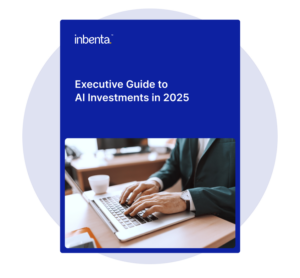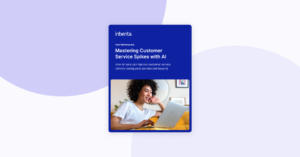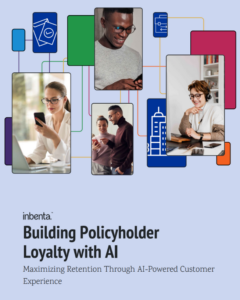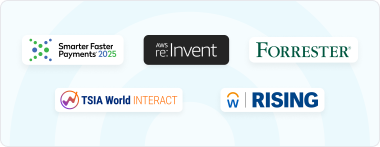Natural Language Processing (NLP) bridges the communication gap between humans and machines by interpreting natural language. This article discusses 10 powerful applications of NLP, including automated translation to accurately convey meaning, sentiment analysis for understanding customer intent, and virtual chatbots for better customer interactions.
Here are 10 of the most popular ways NLP can be put to use:
1. Automated translation
Effective translation is about more than just replacing words. It needs to accurately capture the meaning and tone of the input language to translate it into another language with the same meaning and impact.
Automated translation services such as Google Translate or DeepL leverage the power of NLP to understand and produce an accurate translation of global languages in text or voice formats.
At Inbenta, we apply the power of NLP to automated translation in our multilingual chatbots to ensure our users get the answers they’re looking for in their preferred language.
2. Sentiment analysis
Sentiment analysis tries to gauge the overall mood of a text or document by analyzing the language used. It can be applied to social media posts, customer responses, product reviews and more, identifying the feeling, opinion, or belief of a statement and providing data on customers’ choices and their decision drivers.
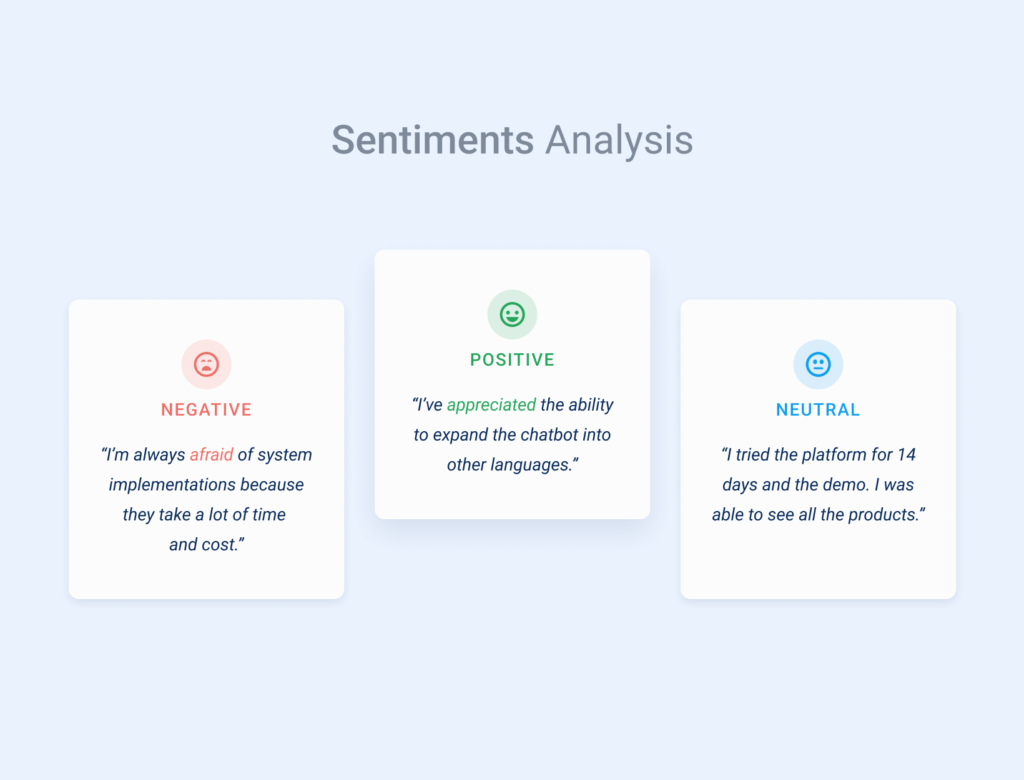
3. Virtual agents and chatbots
Thanks to NLP technology, chatbots have become more human-like. Conversational AI solutions like AI-powered intelligent chatbots use Natural Language Processing to understand the meaning behind users’ queries and answer them in an accurate way.
Chatbots have numerous applications in different industries as they facilitate conversations with customers and automate various rule-based tasks, such as answering FAQs or booking flights. They are cost-effective, and available 24/7, every day of the year.
4. Retail & e-commerce
Retailers can use NLP to analyze customer data and transform it into actionable insights to make more informed decisions across their processes, from product design and inventory management to sales and marketing.
Chatbots in e-commerce use NLP to understand shoppers’ queries and answer them accurately. They can even facilitate transactions, letting users find products, suggesting related products, promoting offers, and even finalizing sales — all within the chatbot.
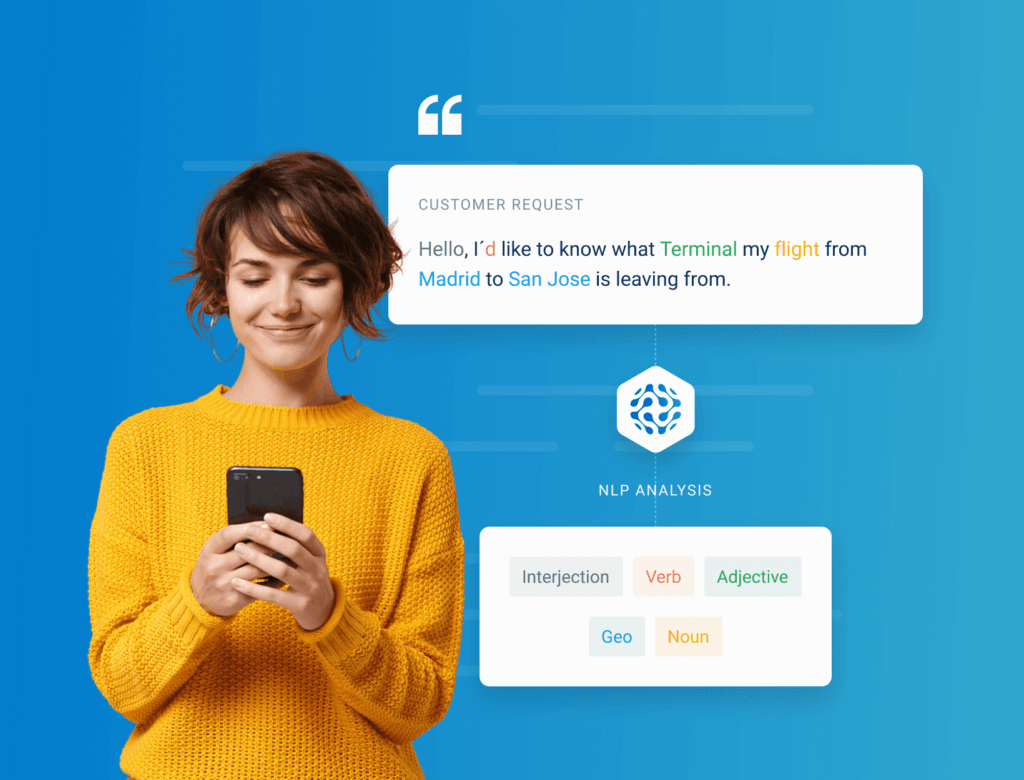
5. Market intelligence
Marketers can extract data from various sources, such as reviews, comments, social media posts, and more and combine it with NLP capabilities to analyze consumer sentiments, detect market trends and optimize their marketing strategies.
6. Semantic search
NLP-powered semantic search engines allow online retail stores and e-commerce websites to understand shoppers’ intent, even when they use long-tail searches, to suggest appropriate responses and increase the visibility of their products. Semantic search helps e-commerce sites increase conversion and decrease cart abandonment.
7. Banking and finance
Banking and financial institutions can use NLP to analyze market data and use that insight to reduce risks and make better decisions. NLP can also help these institutions identify illegal activities like money laundering and other fraudulent behavior.
8. Insurance
Insurance companies can use NLP to analyze customer communications to identify indicators of fraud and flag these claims for deeper analysis.
9. Healthcare
NLP can analyze patient communication from emails, chat applications, and patient helplines and can help medical professionals prioritize patients based on their needs to improve patient diagnosis and treatment.
Healthcare chatbots use NLP to understand patient queries and can help them schedule appointments, locate healthcare services, assess symptoms, set vaccination reminders, and more.
10. HR
NLP is also vastly used by HR departments to automate various tasks, such as evaluating resumes by extracting relevant keywords (education, skills, previous roles) and classifying candidates based on how their profile matches a given position. It can also summarize the resumes of candidates who match specific roles to help recruiters skim through resumes faster.
Chatbots for recruitment are used to automate communication between recruiters and candidates. They usually use NLP’s capabilities to schedule interviews, answer candidates’ questions about the position or recruitment process, even facilitate onboarding.
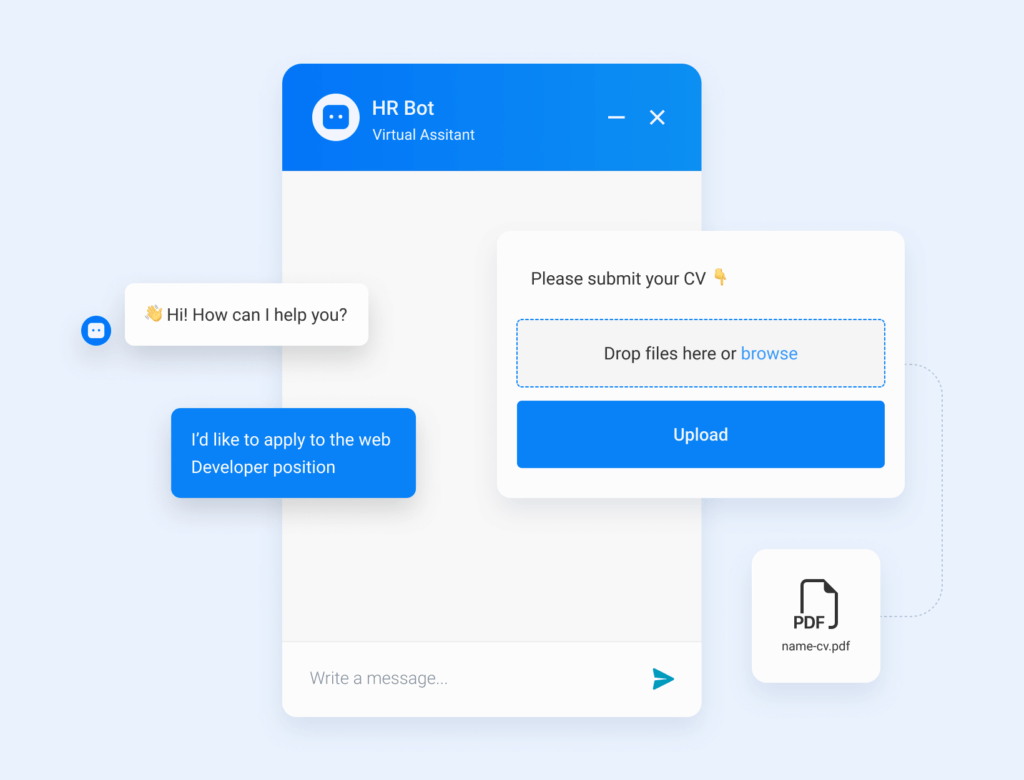
In brief:
- Tools like Google Translate and DeepL use NLP to accurately translate text and voice.
- NLP can conduct sentiment analysis to determine a customer’s mood and opinion from their text.
- Virtual agents and chatbots allow for human-like customer service that provides 24/7 support.
- NLP can analyze customer data for insights on product design, inventory, sales, and marketing strategies.
- It can extract data for sentiment analysis and trend detection to optimize marketing efforts.
- Semantic search can understand and process complex queries.
- NLP-powered e-commerce chatbots can assist with transactions, customer service, product recommendations, and sales.
- NLP can analyze market data and help reduce financial risks and detect fraud and illegal activity.
- In healthcare, it can improve patient treatment, diagnosis, scheduling, and handle queries.
- In HR, it can automatically evaluate resumes and communicate with candidates using chatbots




